It’s official: Wheels is 65 years old. But this series isn’t about us. To celebrate our 65th, we thought we’d take a look at the decisions that have changed the automotive world over the last six and a half decades. Some were inspirations that altered it for the better, others were engineering dead ends, nefarious cover-ups and valiant flops. Scroll on to read more, then click here to explore all 65 cars, people, game-changers and failures that have influenced the car industry since 1953, in no particular order.
1. Range Rover
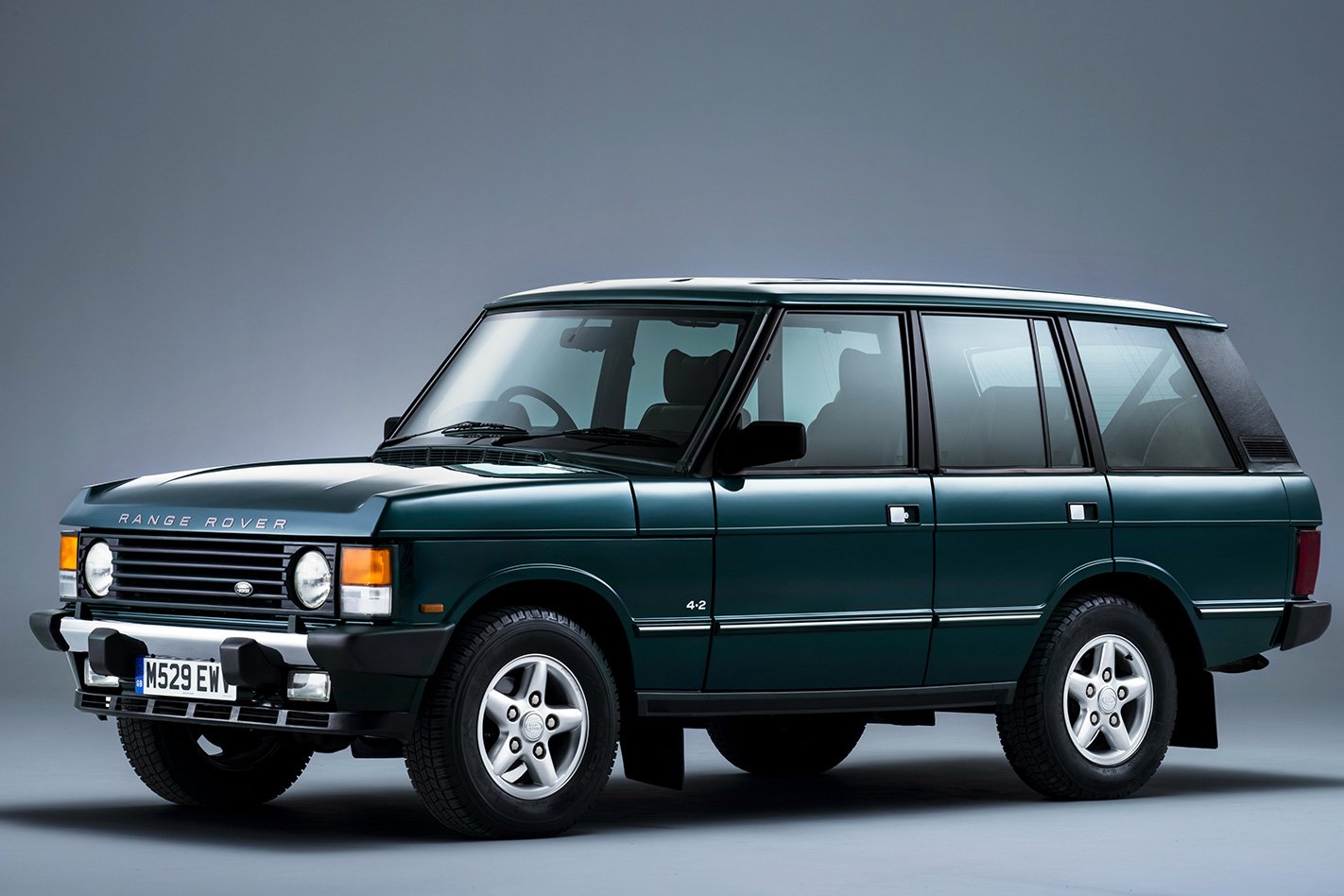
Designed to capitalise on a US market that had fallen in love with the Ford Bronco and Jeep Wagoneer, the 1970 Range Rover was a development of Maurice and Spencer Wilks’ Road Rover concept, this time fitted with permanent four-wheel drive, a lightweight V8 engine and sitting on a 99.9-inch (2537mm) wheelbase. Spen King and Gordon Bashford refined the styling of the new car, prototypes of which were badged Velar, and the production version soon started selling to a very different market sector than that envisaged by Land Rover. By accident rather than design, the luxury SUV was born.
2. McLaren F1
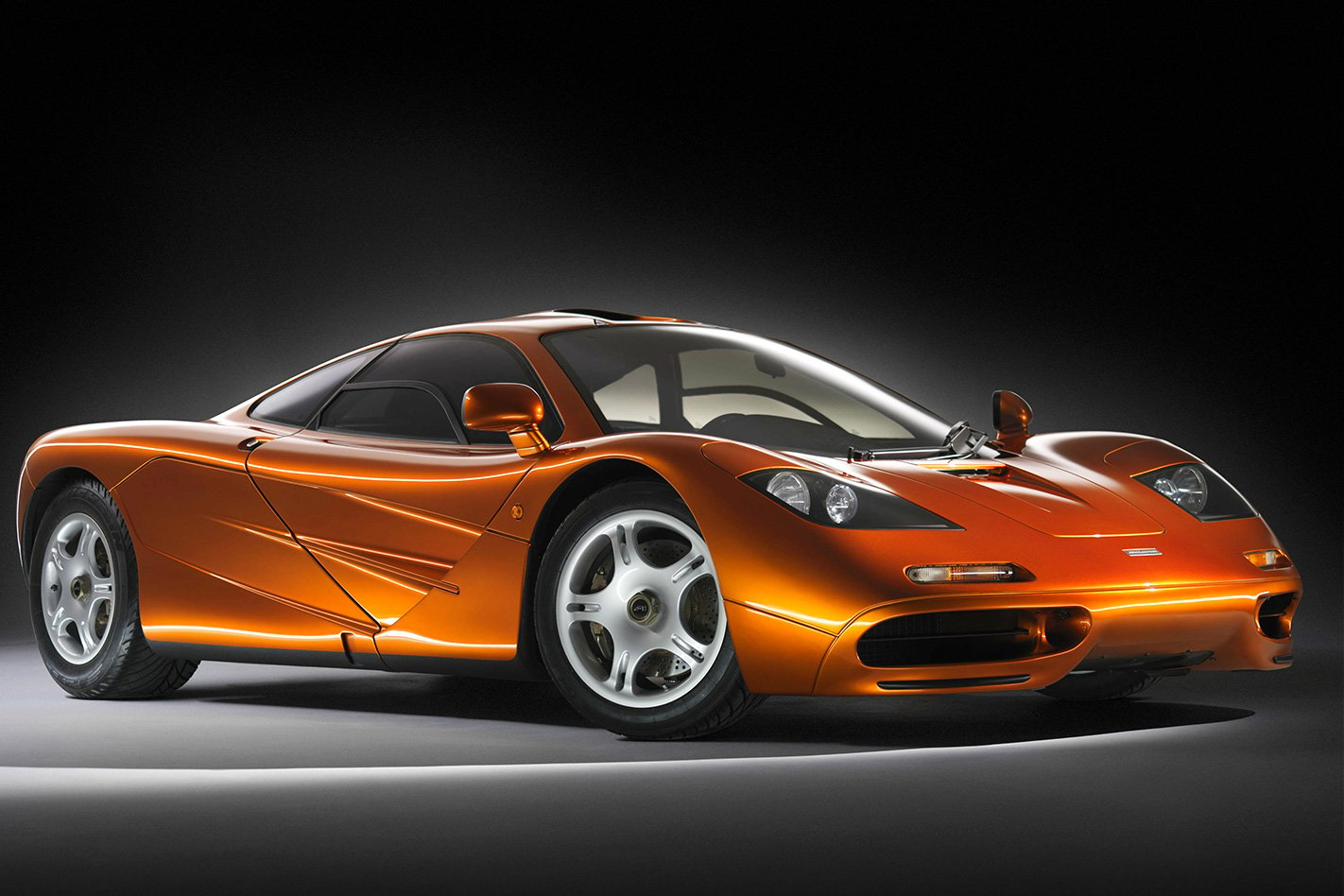
It’s strange to think that the car we viewed as the greatest supercar ever built is now perceived as the last of the line of analogue sports cars. The F1 had no turbochargers, power steering, ABS or traction control, and neither designer Gordon Murray or manufacturer McLaren had ever built a road car before. And nobody will ever again win Le Mans outright with what was a lightly modified road car. It was the greatest in 1992 and while it may no longer be the fastest, it’s still the one today.
3. Datsun 1600
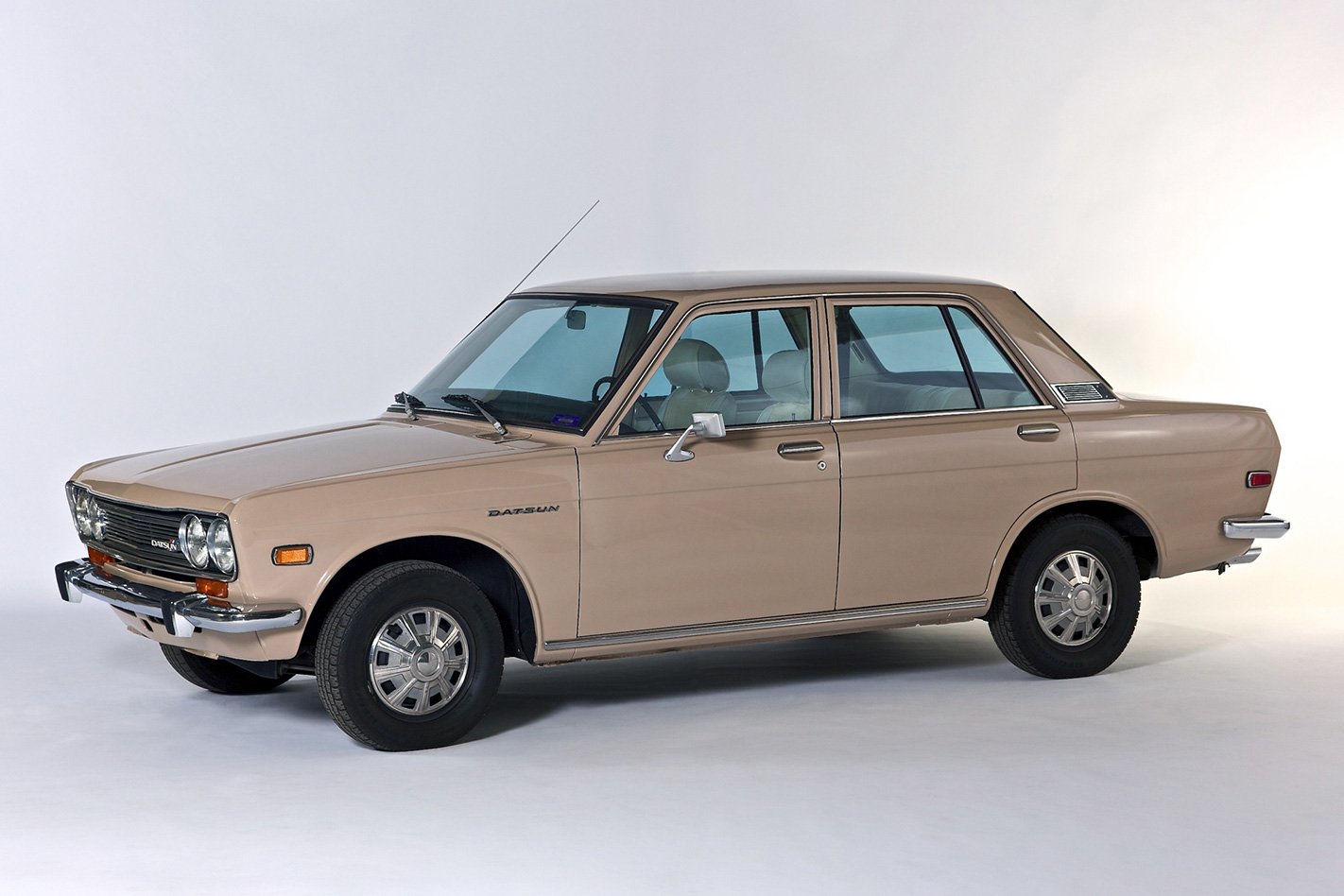
The model that made us take Japanese cars seriously was not the Lexus LS400, or the Honda NSX, nor the Datsun 240Z. We’re going with the humble Datto 1600, which came to Australia in 1968 and competed against the Mk2 Cortina. The Ford had overhead valves, a live rear axle in all but top GT trim, and drum brakes. The Datsun 1600 had an overhead cam engine, front discs, and independent rear suspension. It was an instant success on both track and rally stages, thanks to a 100mph (160km/h) top end and peerless reliability.
4. Mazda MX-5
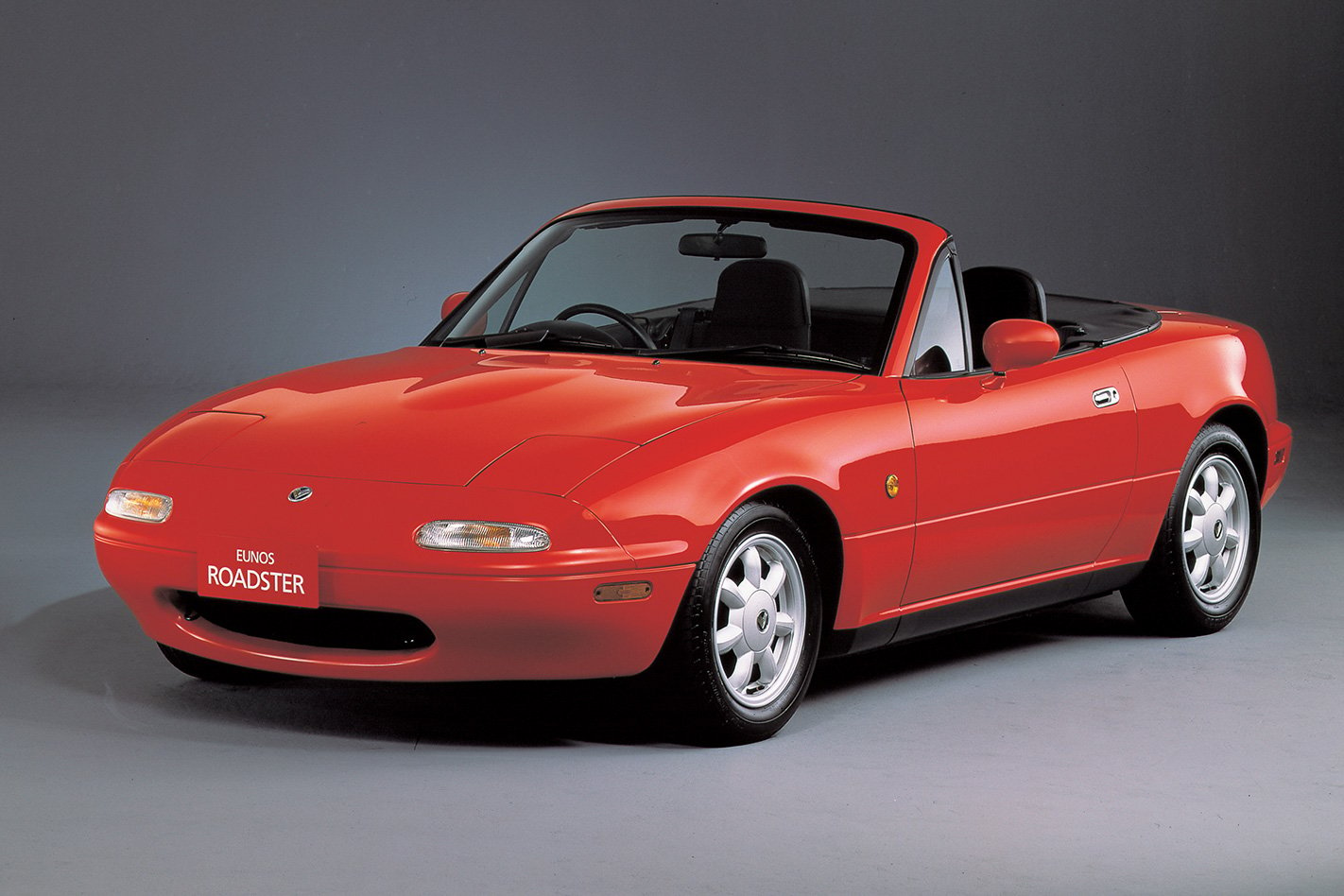
It’s hard to believe that such a simple car as the MX-5 took 13 years from ex-Wheels journalist Bob Hall’s first proposal to the 1989 Chicago Show car, but Mazda’s labyrinthine planning and approvals process produced a gem, reviving the classic formula of British sports cars such as the Lotus Elan and the MGA, minus the flaky build quality. Four generations on and with the millionth car built in 2016, the MX-5 has proven the old adage that light is right.
5. Audi Quattro
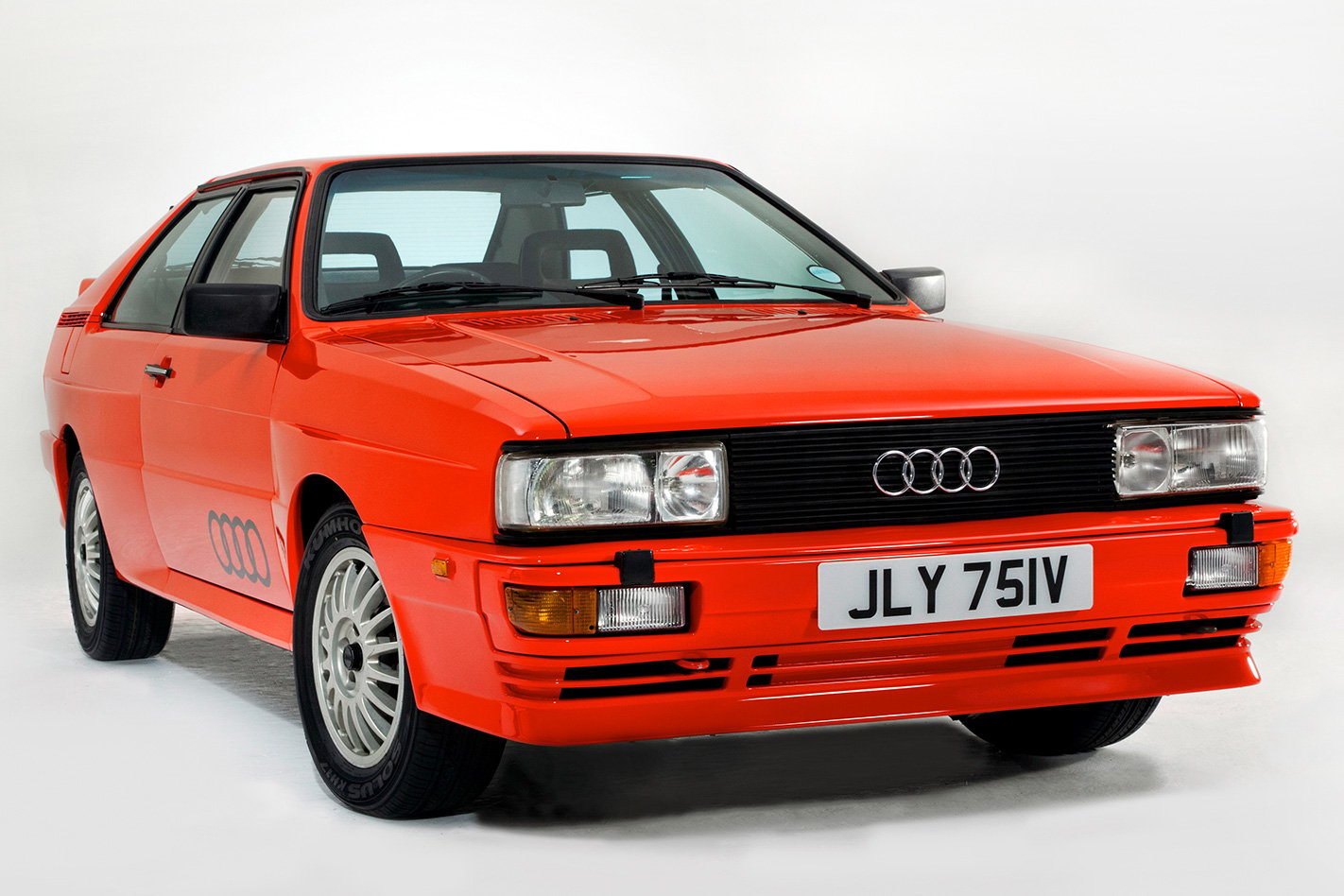
Who cares that it wasn’t the first all-wheel-drive performance car? The Jensen FF might have beaten Audi’s icon to production by a good 14 years, but Ingolstadt made the link between rallying success and road-car sales. In certain regards, the Quattro was expedient; a cost-effective piece of engineering genius at a time when Audi’s brand cachet was outgrowing its front-wheel-drive architectures. The most game-changing rally car of all time also kick started a road-car revolution.
Today, all-wheel drive has grown beyond its rally-replica roots and now underpins the latest generation of hypercars, super sedans and hot hatches. The massive torque outputs of modern turbocharged engines has put a premium on traction, and directing drive to each corner is the natural solution. And to think that this all grew from one Audi engineer who noticed that Volkswagen’s Iltis 4×4 was capable of embarrassing higher-powered cars on Finnish snow tracks. Jorg Bensinger, take a bow.
6. Toyota Prius

Hybrids aren’t new. Ferdinand Porsche developed an AWD series hybrid, the Mixte, in 1900. In the early ’90s Audi developed the 100 Duo, Volvo the 850-based ECC and BMW worked on an E34 5 Series hybrid. But Toyota was the first to bring a product to market in 1997, with its first-generation NHW10 Prius. A spud-like sedan, the Prius sold just over 37,000 units in its first three years on sale, or about what the Corolla would shift in two weeks. That was about what Toyota expected, internal documents showing that they gave it a five percent chance of commercial success.
Better fortunes would come with the XW20 model. Toyota realised the Prius needed to make a more overt statement and developed swooping new bodywork. Suddenly, it was hot. Leonardo di Caprio, Natalie Portman, Tom Hanks, Julia Roberts, even Millennium Falcon helmsman Harrison Ford all owned one. Arguably the most game-changing vehicle since the Ford Model T, the Prius has sold over 4.5 million units and sparked a hybrid boom that now sounds the death-knell for the solus internal combustion lump.
7. Renault 16

“We have to take a different approach,” said Renault CEO Pierre Dreyfus, in 1965. “Cars can’t just be four seats and a boot any longer. They must be viewed as a volume.” With those words, he set in place a revolution and birthed the modern hatchback. A front-engined, front-wheel drive, torsion-beam suspended hatch, the R16 changed the script for compact cars. Back in 1970, Stirling Moss said, “There is no doubt that the Renault 16 is the most intelligently engineered automobile I have ever encountered.”
8. Volkswagen Golf GTI
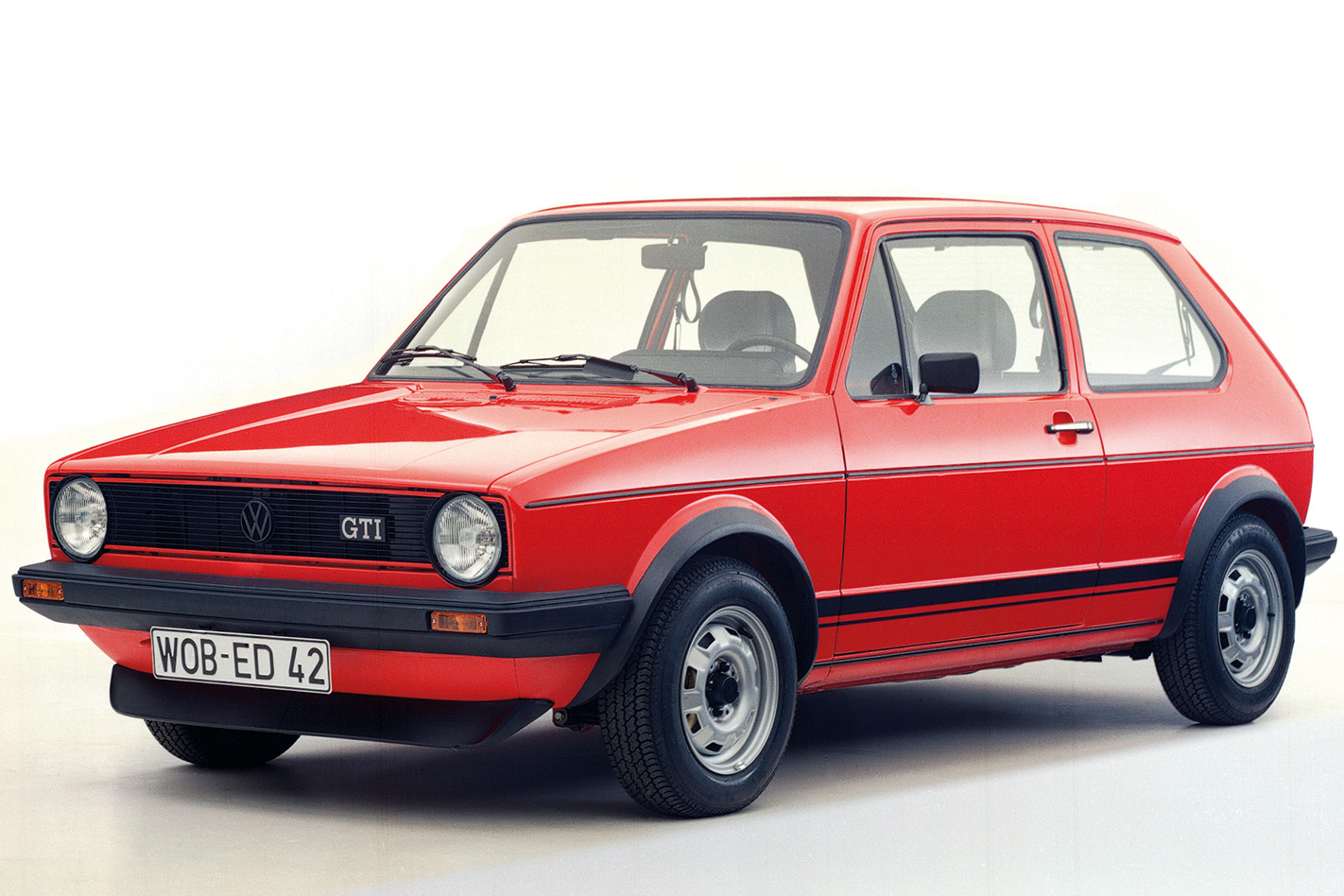
Fast, cheap, reliable – pick any two. That was the received wisdom until Volkswagen’s Golf GTI appeared in 1976. Designer Giugiaro’s magnum opus may not have even been the first hot hatch – the Autobianchi A112 Abarth, for example, predating it by 15 years – but the Golf democratised the concept. It took until 1990 before Australians were offered the privilege with run-out Mk2s. Even accounting for the so-so Mk3 and Mk4 generations, it’s been a love-in ever since. Four decades on, the Golf GTI remains the benchmark by which hot hatches are judged.
9. Renault Espace
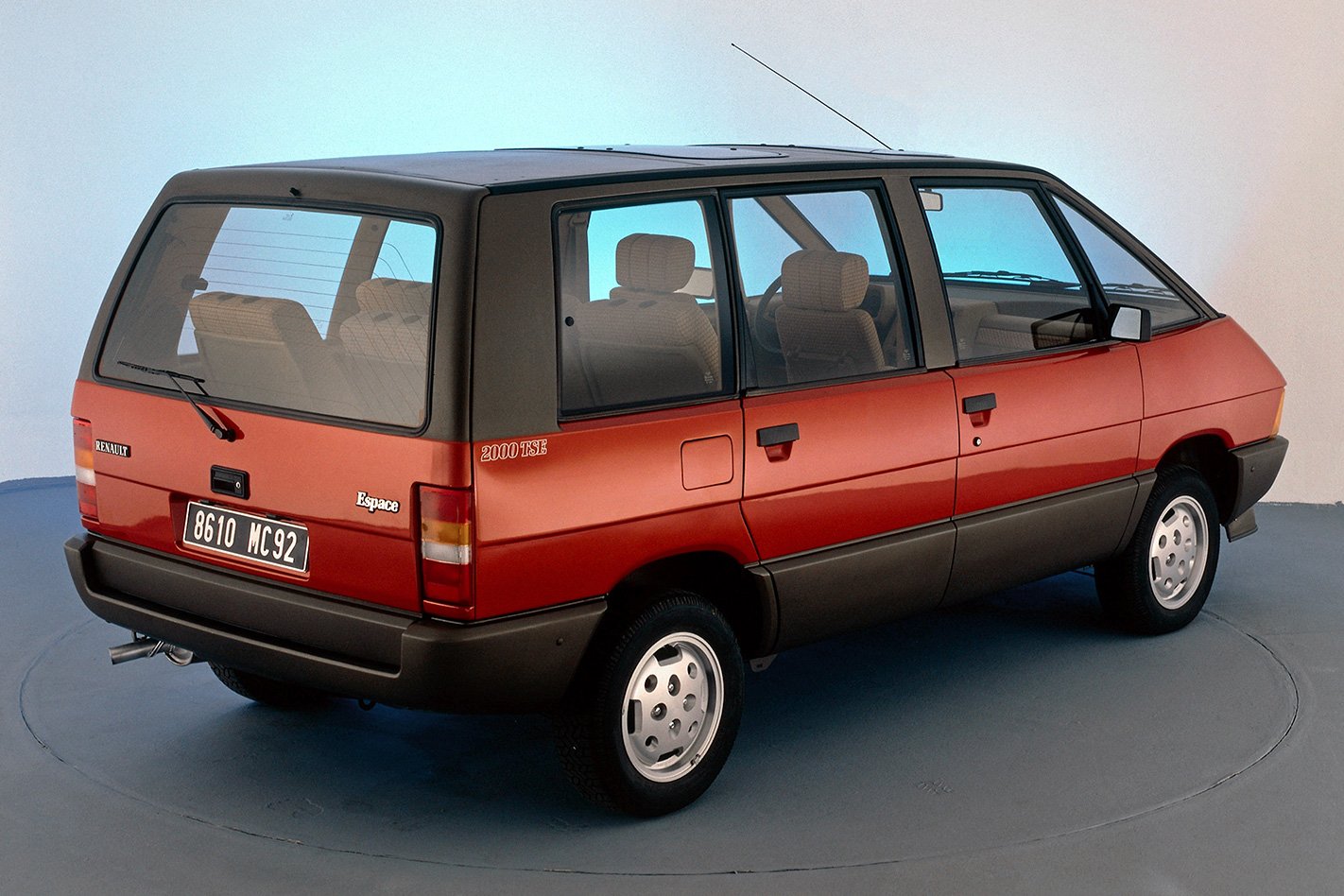
Say what you will about the Dodge Caravan and Plymouth Voyager twins, also launched in 1984, but neither had the ambition and clarity of vision of the Renault Espace. A Matra concept that was sold to Renault but which originated in the Chrysler UK planning department, the Espace featured a galvanised steel chassis and polyester bodywork, resulting in low weight and decent rustproofing. Seven seats in a 4.25m long car (shorter than a modern Mazda CX-3) was a triumph of packaging for the ground-breaking monospace.
10. Tesla Model S
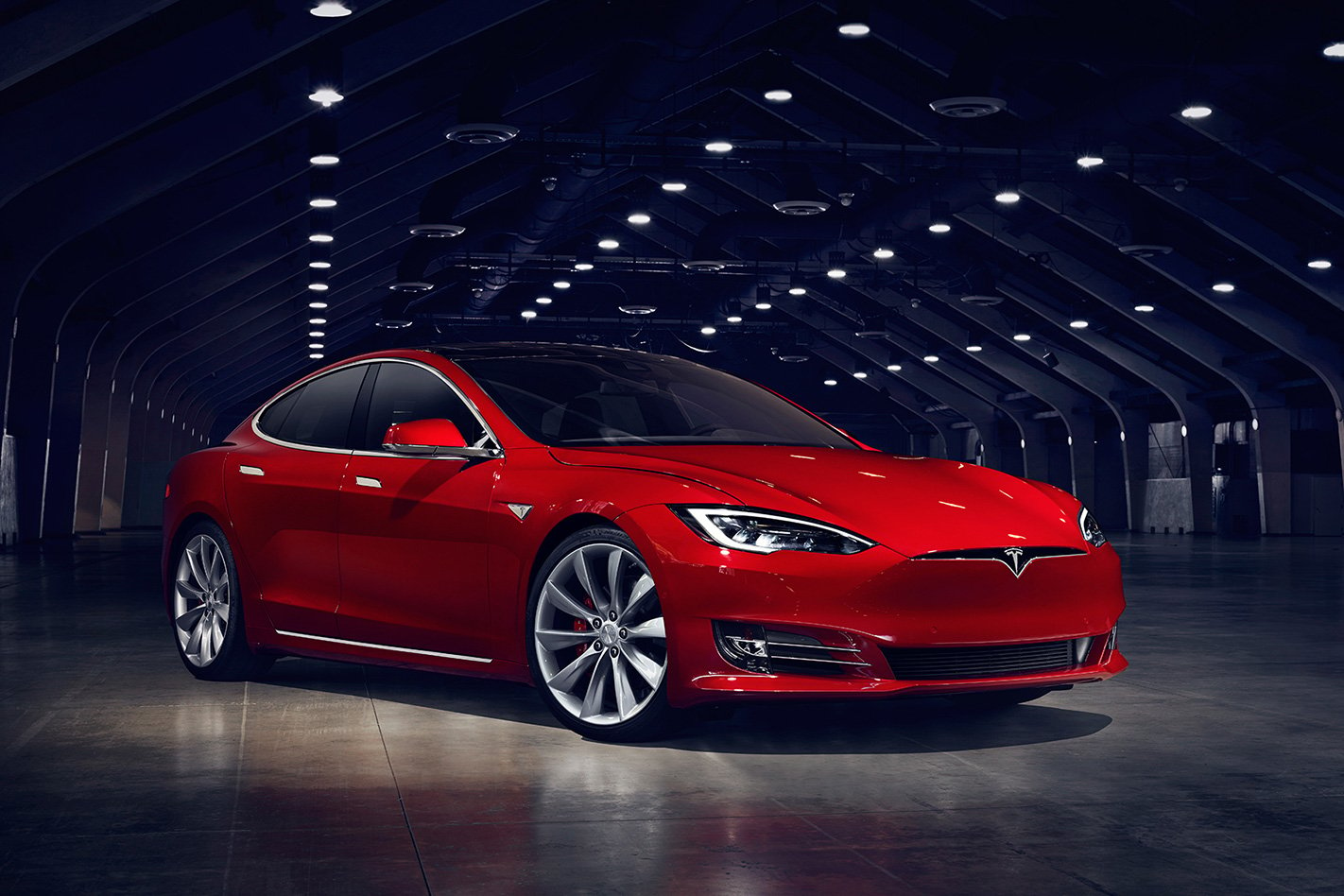
It’s a measure of Tesla’s vaulting vision that six years after the Model S was first unveiled, it still has no commercially viable electric rivals. Sales have grown every year it’s been on sale, it revolutionised our ideas about performance sedans and rendered your hot-rod V8 a dinosaur overnight. Sure, Elon Musk’s hubris in refusing to see Tesla as a car company has saddled the business with all manner of production issues, but the Model S remains a game changer.






